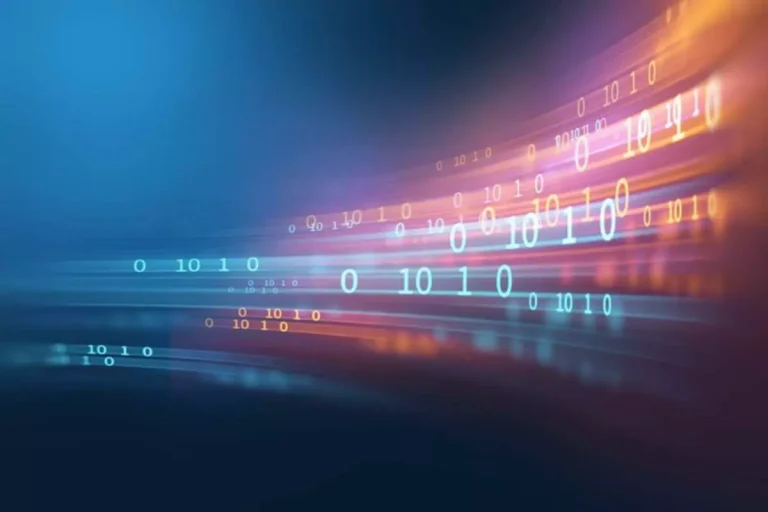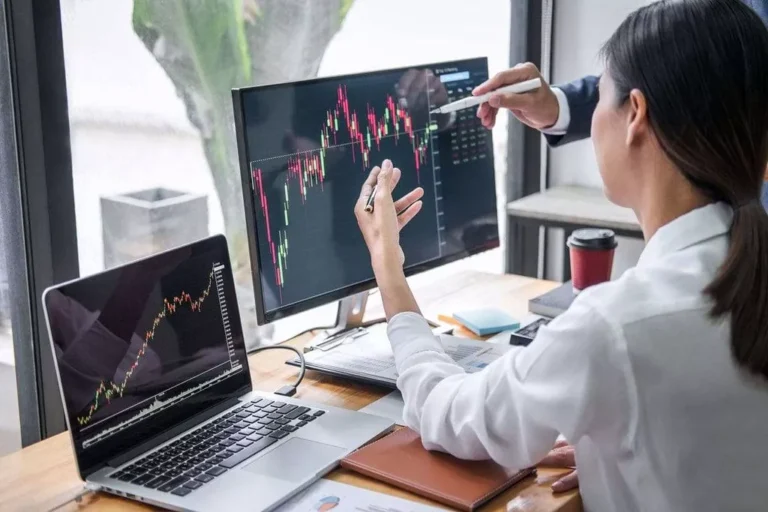FinTech
Burning Crypto Tokens Explained
The impression of coin burns on worth is usually long-term, as burns have restricted short-term affect. Token burns promote healthy tokenomics practices, contributing to a more sturdy and well-regulated cryptocurrency market. As initiatives acknowledge the advantages of token burns, they may undertake similar methods, fostering a extra sustainable and profitable future for the complete trade. The main concept behind a proof-of-burn consensus mechanism was to make up for a number of the shortcomings of proof-of-work techniques.

Some blockchains use crypto burning as a consensus mechanism, which requires crypto miners to burn cash to mine new blocks on a blockchain. Another method to put it’s miners have to spend slightly cash to make more money. Some blockchains leverage crypto burning to take other tokens out of circulation. For instance, mining a new specific coin might require a miner to burn Bitcoin. The worth of tokens might go up when some are removed from circulation because there might be less supply.
What Does It Mean To Burn Crypto?
If somebody is asking in your non-public keys or restoration phrase, they are making an attempt to rip-off you. The Serum staff goals to hold up low token circulation to increase SRM’s shortage https://www.xcritical.com/ through continuous coin burns, which enhance costs in the long run. Let’s delve into the real-world implications of token burns and the way they will form cryptocurrency projects’ and investors’ trajectories.
This is a metric that shows the speed at which tokens are being taken out of circulation. The image under illustrates how the provision of ETH has decreased since Ethereum changed its consensus to a Proof-of-Stake protocol. To avoid confusion, we should observe that EIP-1559 was introduced in August of 2021, which was before the move to Proof-of-Stake (September of 2022). This can increase token worth, produce value stability or in some cases, be creative with the concept of value. That’s an excellent query – and the reply can be found with a quick recap of the dynamics of provide and demand. Other components, like market sentiment and project credibility, play a role.
Examples Of Burning Crypto
Analyst Timothy Peterson from Cane Island Alternative Advisors says that 6 million BTC are thought of burned. If you’re thinking about token burning, you should find out about smart contracts. Here is your ten minute crash course on this key crypto idea – thanks School of Block. It permits anyone to burn NFTs in change for the cryptocurrency “ASH.” The point? It was sort what does burning crypto mean of a sport that played with the concept of shortage by adding fungible possibilities to non-fungible property. In conclusion, burning tokens will persist as a key technique in the crypto domain, shaping project directions and market dynamics in the foreseeable future.
- Going further, some platforms require miners to model the tokens they validate, marking their public tackle to each batch of tokens they validate — a technique often recognized as proof of burn.
- It is designed to be a platform for developers to create new functions compatible with Shiba Inu.
- To fully explain the concept of cryptocurrency burning, it’s important to highlight both intentional and unintentional token burning.
- The tokens are sent to a wallet handle that can’t be used for transactions aside from receiving the coins.
- Notable tasks using POB embody Slimcoin (SLM), Counterparty (XCP), and Factom (FCT), while some cash use a combination of PoS and POB for token issuance and maintenance.
The tokens are sent to a pockets tackle that can not be used for transactions other than receiving the cash. The tokens can now not be used as a end result of the private keys to the cash are saved in an inaccessible pockets. One of the primary explanation why the Shiba Inu project has carried out a coin-burning mechanism is to extend the shortage of the token. The project aims to make the remaining tokens more priceless by lowering the whole supply of tokens in circulation. This can create a sense of scarcity, which may entice more investors to the project and drive up the token price. One of the main drawbacks of burning tokens is that the cash are completely faraway from circulation.
Are Coin Burns Good Or Bad?
Some coins, nonetheless, have coin burning integrated into their protocol and cash are burned automatically. For example, a small amount of XRP is burned with each transaction on the XRP Ledger. Project developers can mislead their neighborhood by claiming to burn coins.
The larger the demand for a given asset, usually the higher its worth. Companies burn cryptocurrency for various causes, from managing token provide to signaling commitment and more. It’s a strategic determination that may influence the project’s trajectory and its token’s value. Moreover, the act of burning may be perceived as a constructive signal by the market. It can be seen as a demonstration of a project’s dedication to sustaining a steady token value or even rising it. This can, in flip, increase investor confidence and doubtlessly drive further demand for the token, resulting in a optimistic feedback loop of increasing value.
During its nascent phases, to make sure the robustness and security of the network, Shai, one of the lead developers of Kaspa, took on the duty of solo mining. Instead of distributing or holding onto these cash, the Kaspa group, in a unanimous voice, chose to burn the complete eleven million coins mined by Shai. Burning crypto typically has a bullish impact on worth, as decreasing provide amid constant demand can improve the token’s value.
This leads to a decentralization safeguard that hinders manipulation or management by any single party. Cryptocurrency burns are important in curbing inflation by shrinking the overall token supply. Left unchecked, inflation can gnaw away at token worth and destabilize prices. As we conclude today’s lesson, we can deduce that burning crypto is greater than a mere blockchain process. It’s a potent monetary tool used to control the inner economy, facilitate project longevity, and guarantee its stability.
Essentially, validators must burn some of their tokens to achieve the ability to create new blocks. Many PoB networks even have a decay system put in place so that the validators’ power lessens over time, incentivizing steady token burning. The strategy of token burning is most commonly initiated by developers and project owners. Many initiatives have built-in burning mechanisms which might be familiar to traders from the get-go.

In exchange, you are allowed to open a block and receive a reward in the native currency token of the blockchain. Cryptocurrency is “burned” when a coin is sent to a wallet tackle that can only receive cash. Cryptocurrency wallets store the keys that let you entry your tokens; once keys are sent to a burner pockets, they cannot be accessed or recovered—the tokens are gone endlessly. On the one hand, it is a positive process to guard the network, maintain the stablecoin fee, curb inflation, and create scarcity.
How Do You Burn Cryptocurrency Tokens?
This course of called “rebasing” and is the muse for a raft of stablecoin innovation in DeFi 2.zero. Since you need a personal key to access the coins at a given address, this implies nobody may have access to coins in this pockets. Tokens are burned by sending them to an inaccessible or “burn” tackle. Once sent to this tackle, they’re permanently removed from circulation and cannot be retrieved. “Burning” is a time period used to explain the process of eradicating cryptos from the circulation. A certain amount of assets is shipped to an inaccessible address, by no means to be used again.
This kind of burning is automated and happens based mostly on predefined guidelines or triggers throughout the system. For occasion, a certain share of transaction fees might be burned mechanically with every transaction. In ecosystems the place mining performs a pivotal position, tokens could be burned to ensure that mining remains profitable. By adjusting the rewards miners obtain through burning, networks can preserve a healthy steadiness of miners, guaranteeing community safety and transaction processing efficiency. Furthermore, because the crypto industry matures, we’re seeing extra revolutionary makes use of of burning. Some tasks at the moment are tying burning mechanisms to particular actions or milestones.
Usage-based burning is an idea in the cryptocurrency business whereby tokens are intentionally destroyed or “burned” depending on their usage in the blockchain ecosystem. When reading about cryptocurrencies similar to Ethereum, BNB or Shiba Inu, you’ve most likely encountered the term “coin burn”. While the time period may sound adverse, it is really a preferred methodology to regulate the availability of a token. Impacting value through provide just isn’t a model new idea, especially in relation to finance. They entail on the company buying back some of their own shares and shares from the market. You can consider token burning as the crypto version of a purchase back – let’s have a look at this in motion.
It’s used to safe the community, verify transactions, and management token supply. Burned tokens are despatched to an unusable pockets and successfully removed from circulation, giving both holders and the project all the benefits of crypto burning. Burning crypto has additionally developed as a low-energy means for blockchain tasks to extend their safety and stability. When a project removes superfluous tokens from circulation, it reduces the chance of malicious actors having an excessive quantity of management over the market, Machikhin mentioned. Cryptocurrency burning is the method by which tokens (also called coins) are removed from circulation, lowering the number of cash obtainable.

In concept, coin burning should reward holders and positively impact the worth of a token as a outcome of it will increase scarcity. However, this doesn’t imply that coin burns immediately result in an increase in price – demand from the market must be current whether a cryptocurrency has a coin burn feature or not. Simply put, burning crypto is the process of completely removing cryptocurrency from circulation. This can be accomplished by sending the cash to an unspendable handle, also called a “burn handle,” the place they will by no means be accessed again. The second purpose why the Shiba Inu project has implemented a coin-burning mechanism is to promote price stability.
